Energy bars have become an integral part of modern life, catering to the demands of a fast-paced society that seeks convenient and nutritious snack options. Among the many choices available, Clif Bar is a popular and recognizable brand with a loyal following. In this in-depth analysis, we will delve into the various facets of Clif Bar, including its taste and texture, ingredients, nutrition profile, technical aspects, as well as its pros and cons.
About Clif Bar
Founded in 1992 by Gary Erickson and named after his father, Clifford, Clif Bar was born out of a passion for creating nutritious and delicious snacks. Inspired by a long bike ride where traditional energy bars left him dissatisfied, Erickson aimed to craft a better alternative. Clif Bar has grown into a well-established brand known for its commitment to using organic and wholesome ingredients. With a wide range of flavors and a strong emphasis on sustainability, Clif Bar has become a staple among athletes and health-conscious individuals.
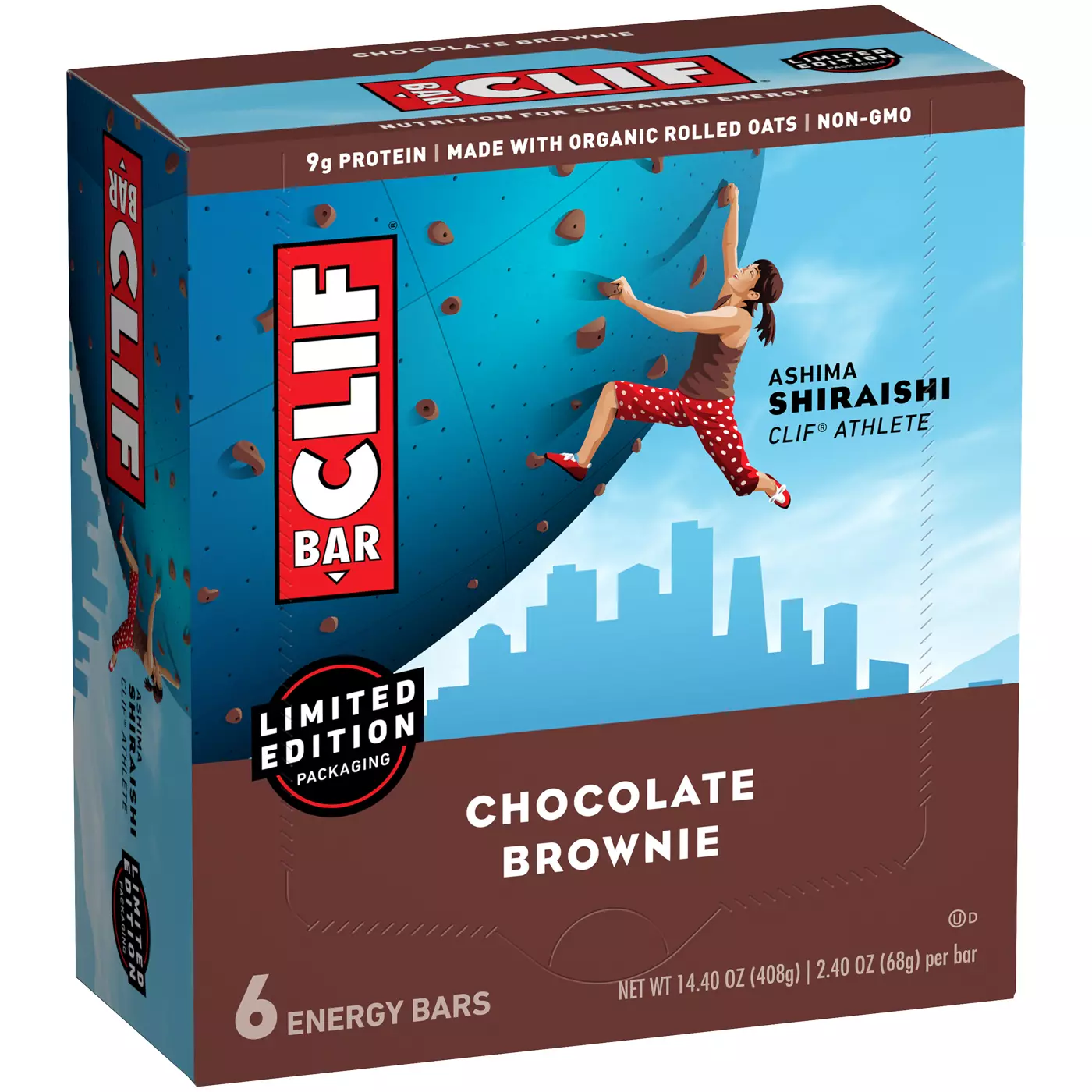
How Is Taste & Texture?
Clif Bars are renowned for their distinct chewy yet crunchy texture. The blend of oats, nuts, and other components creates a unique mouthfeel that balances indulgent and wholesome. Each bite offers a medley of flavors that cater to different preferences. The range of flavors available, from the classic Chocolate Chip to the adventurous White Chocolate Macadamia Nut, offers something for everyone. However, it’s worth noting that some flavors can be overly sweet, potentially overshadowing the natural taste of the ingredients. While the texture is generally well-received, some individuals might find certain varieties too dense and challenging to chew.
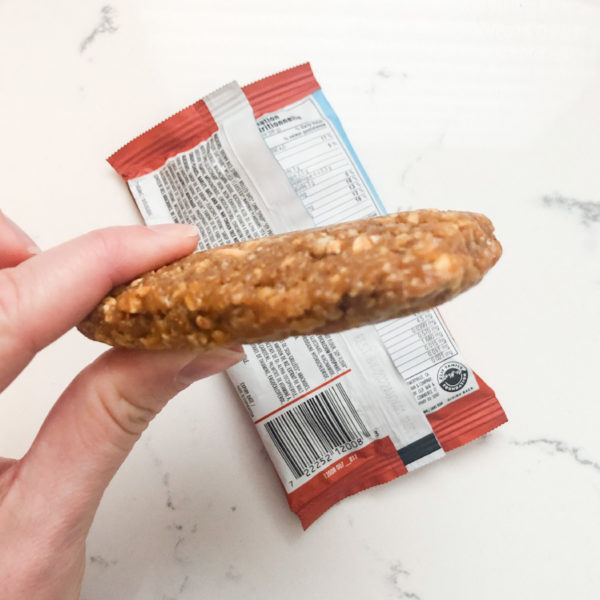
What Are The Ingredients
One of Clif Bar’s defining characteristics is its commitment to using organic and sustainably sourced ingredients. The brand aims to provide consumers with a snack that fuels their activities and aligns with their health and environmental values. The ingredient list typically includes a combination of whole grains, nuts, seeds, fruits, and natural sweeteners. While Clif Bar avoids artificial additives, some flavors contain a higher sugar content than desired for those seeking a lower-sugar option. For those with dietary restrictions, Clif Bar offers a range of products suitable for various needs, such as vegetarian, kosher, and nut-free.
Let Us Look At Nutrition Profile
Clif Bars are marketed as energy-boosting snacks, and their nutritional profile supports this claim. With a balance of carbohydrates, protein, and fiber, they offer sustained energy that can benefit workouts, outdoor adventures, or simply as a quick on-the-go snack. Clif Bars are fortified with essential vitamins and minerals, contributing to their nutritional value.
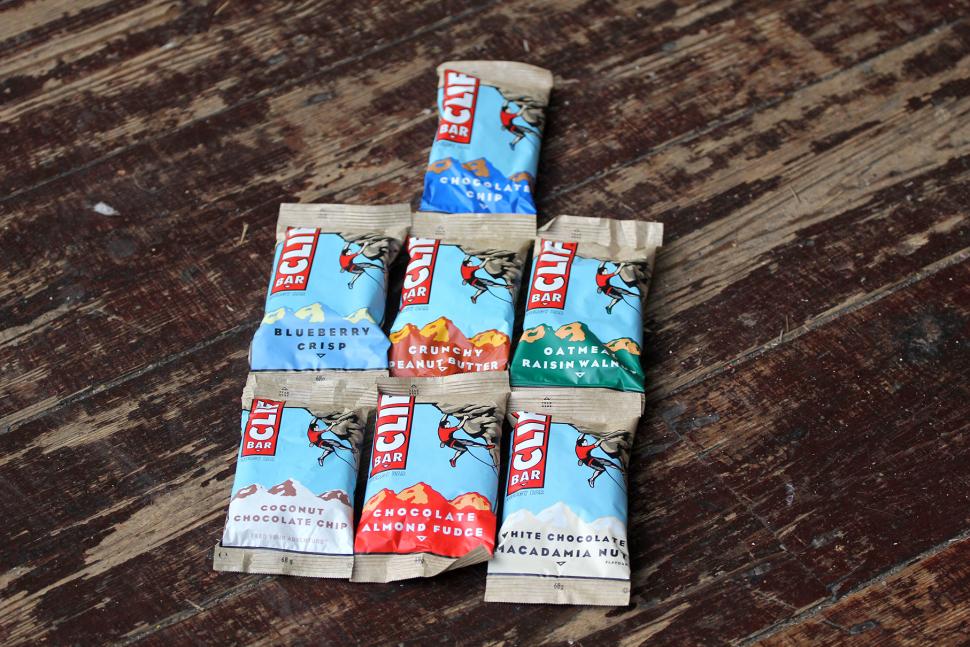
However, their calorie content can be relatively high, which might make them more suitable as a meal replacement or pre/post-workout fuel rather than an everyday snack. The protein content varies across flavors, catering to the needs of different individuals, from those seeking muscle recovery to those aiming for a quick energy source.
How Is The Price?
Clif Bars are priced at a moderate level compared to other energy bars on the market. While their nutritional value and taste make them worth the cost, the price can increase if consumed regularly. Keeping an eye out for bulk deals or sales can help mitigate this concern.
What Are The Technical Aspects
From a technical standpoint, Clif Bar’s packaging is designed for convenience and portability. The individual bar sizes are tailored to fit comfortably in bags, pockets, or gym kits, making them a practical choice for those constantly moving. The wrapper’s seal ensures freshness and prevents the bars from crumbling or getting damaged. The bars are easy to unwrap, even during activities, making them user-friendly. The brand’s website and mobile app provide resources for customers to explore flavors, find nutritional information, and access personalized content related to their fitness and wellness goals.
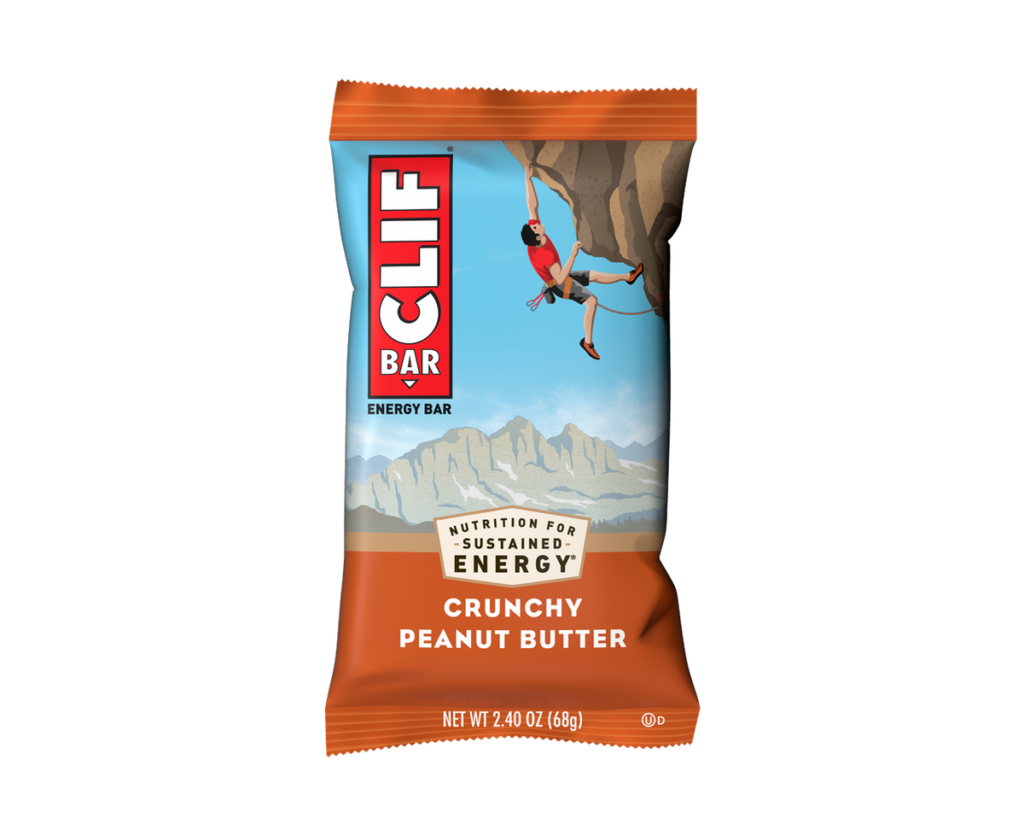
How many calories are in a Clif bar?
The number of calories in a Clif Bar varies depending on the flavor and size of the bar. On average, a standard Clif Bar contains around 250 to 280 calories. You must check the specific packaging for your desired flavor to get an accurate calorie count.
Are Clif bars good to eat after a workout?
Clif Bars can be a convenient option to eat after a workout, especially if you need quick energy and some protein to aid in muscle recovery. The combination of carbohydrates and protein in Clif Bars can help replenish glycogen stores that were depleted during exercise and support the repair and growth of muscles. However, Clif Bars have a moderate calorie count, so if your workout wasn’t particularly intense or you’re trying to manage your calorie intake, you might want to consider a smaller portion or a different post-workout snack.
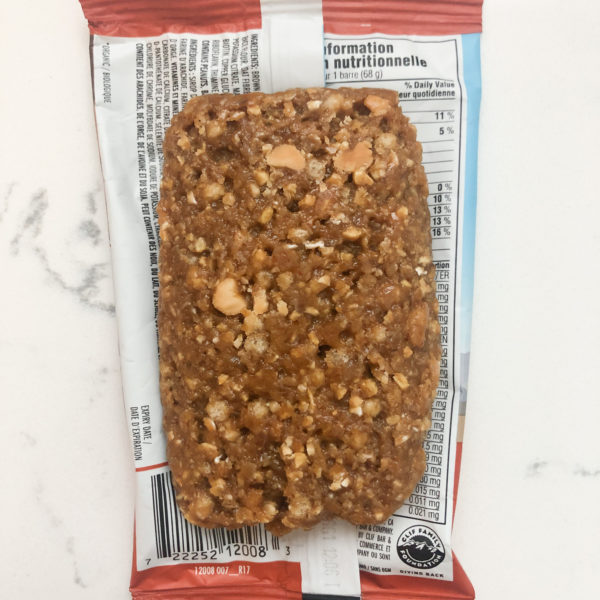
Are Clif bars good to eat before a workout?
As for eating Clif Bars before a workout, they can serve as a source of easily digestible carbohydrates, which can provide a quick energy boost. Consuming carbohydrates before a workout can help fuel your exercise session and prevent early fatigue. However, since Clif Bars also contain protein and fiber, eating them at least 30 minutes to an hour before your workout is recommended to allow your body enough time to digest and avoid any discomfort during exercise. If you’re looking for a pre-workout snack, consider opting for a lower protein and fiber flavor to ensure quicker digestion.
Pros and Cons:
Pros:
- Diverse Flavor Selection: Clif Bar boasts an impressive array of flavors, catering to a wide range of tastes.
- Quality Ingredients: The brand’s commitment to organic and wholesome ingredients appeals to health-conscious consumers.
- Sustained Energy: With a balanced blend of carbohydrates, protein, and fiber, Clif Bars provide sustained energy for physical activities.
- Environmental Focus: Clif Bar’s emphasis on sustainability and ethical sourcing resonates with eco-conscious individuals.
- Convenient Packaging: The compact and durable packaging makes Clif Bars convenient for on-the-go consumption.
Cons:
- High Sugar Content: Some flavors contain a relatively high amount of sugar, which might deter individuals from seeking lower-sugar options.
- Caloric Intake: The calorie count of Clif Bars can be significant, making them more suitable as meal replacements or energy sources during intense activities.
- Texture Variability: While the chewy and crunchy texture is generally well-received, some flavors can be dense and challenging.
- Artificial Flavors: While Clif Bar avoids artificial additives, some flavors might still have artificial or natural flavors, which could concern purists.
- Cost: Clif Bars are priced moderately, but frequent consumption can add up, potentially impacting budget-conscious consumers.

Conclusion
Clif Bar has carved out a niche in the energy bar market by offering a taste, texture, and nutrition mix that resonates with a diverse consumer base. Its commitment to organic ingredients and sustainability aligns with contemporary health and environmental values. While the sugar content and calorie count might not suit everyone, the convenience, flavor variety, and overall nutritional profile make Clif Bars a compelling choice for those seeking quick energy and nourishment. As the brand continues to evolve, addressing some cons could further solidify Clif Bar’s position as a trusted and preferred energy bar option for years to come.



Leave a Comment